 In the entries for last week’s giveaway I received a lot a wonderful feedback regarding Color In My Piano. Upon request, I’d like to start increasing the number of forum questions. Hooray! Rather than having a monthly question, I will try to pose a new question at least every other week (and maybe every week, if I can come up with enough questions!).
In the entries for last week’s giveaway I received a lot a wonderful feedback regarding Color In My Piano. Upon request, I’d like to start increasing the number of forum questions. Hooray! Rather than having a monthly question, I will try to pose a new question at least every other week (and maybe every week, if I can come up with enough questions!).
If you have suggestions for questions you’d love to see featured, please let me know by sending me an email via the Contact page. Forum questions should be fairly short in length and should be a general question rather than a request for specific advice about a situation you are current dealing with. (While I don’t mind being asked for advice and often do feature these questions on my blog, they are not considered “Forum Q&A” questions unless they are stated in a general sort of way.)
So without further ado, here’s our next Forum Q&A:
What do you do when a student’s performance “bombs?” I’m sure we’ve all experienced it: a student has a major memory slip and ends up in tears after the recital. What words of counsel and advice can you give a student afterwards to console and encourage them? What specifically would you say to a younger student as opposed to an older student? What kind of things can you do with the student to help avoid this from happening again?
Please leave your responses in the comments below. I look forward to hearing all of your thoughts!
Photo Credit: Juanedc | CC 2.0
 These week’s Forum Q&A was prompted by a comment by Kaylee on the facebook page. Kaylee asked for advice about teaching an adult student who is older than she is. If you have advice to offer, please visit the facebook page and leave a comment!
These week’s Forum Q&A was prompted by a comment by Kaylee on the facebook page. Kaylee asked for advice about teaching an adult student who is older than she is. If you have advice to offer, please visit the facebook page and leave a comment!



 Just added to the
Just added to the 




 This week I gave a few first lessons to some new students. One of the things I always ask during
This week I gave a few first lessons to some new students. One of the things I always ask during 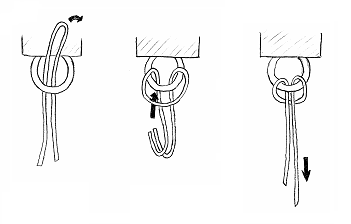


 Many college education (both music and otherwise) classes require students to write teaching philosophies. How many of you keep a teaching philosophy posted on your studio website or printed in studio materials? Have you updated it at all since your college days? And those of you who didn’t write one for college – have you considered writing one yourself?
Many college education (both music and otherwise) classes require students to write teaching philosophies. How many of you keep a teaching philosophy posted on your studio website or printed in studio materials? Have you updated it at all since your college days? And those of you who didn’t write one for college – have you considered writing one yourself?


 I read something this week that mentioned in passing the benefit of engaging the emotions for learning. This idea really stuck with me, and I haven’t stopped thinking about it since. It makes perfect sense, but I just never thought about it much before. I think this idea is worth some consideration.
I read something this week that mentioned in passing the benefit of engaging the emotions for learning. This idea really stuck with me, and I haven’t stopped thinking about it since. It makes perfect sense, but I just never thought about it much before. I think this idea is worth some consideration.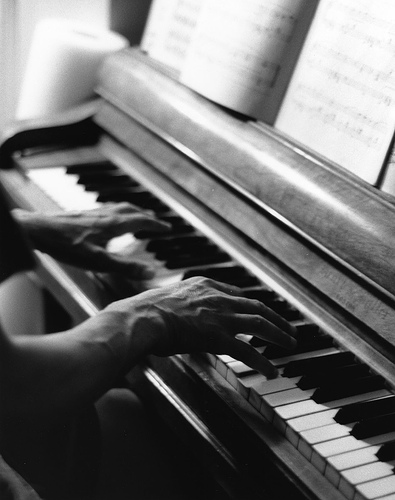
 About a week ago, I received an email from a reader who states that he is learning the Bach-Petri transcription of “Sheep May Safely Graze.” (You may recall me posting a YouTube video of it
About a week ago, I received an email from a reader who states that he is learning the Bach-Petri transcription of “Sheep May Safely Graze.” (You may recall me posting a YouTube video of it 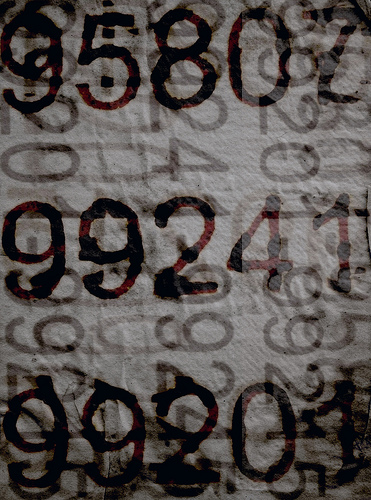
 At the 2010 Michigan Music Teachers Assocation conference this weekend, our conference clinician Martha Hilley had some wise words for us that I thought I’d share here:
At the 2010 Michigan Music Teachers Assocation conference this weekend, our conference clinician Martha Hilley had some wise words for us that I thought I’d share here: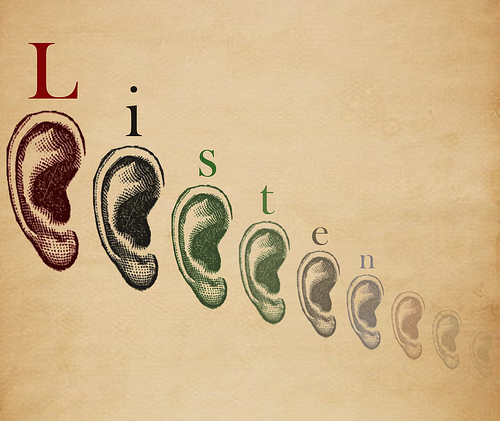
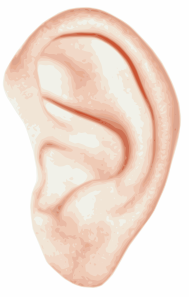 Lately, I’ve been thinking about ways to keep students focused on the sound they are creating when they play and preventing them from becoming overly sight-oriented. Being a good musician is so much more than accurately executing what is written in the score, after all. Students should be learning to use their ears and listen to what sounds they are making too!
Lately, I’ve been thinking about ways to keep students focused on the sound they are creating when they play and preventing them from becoming overly sight-oriented. Being a good musician is so much more than accurately executing what is written in the score, after all. Students should be learning to use their ears and listen to what sounds they are making too!